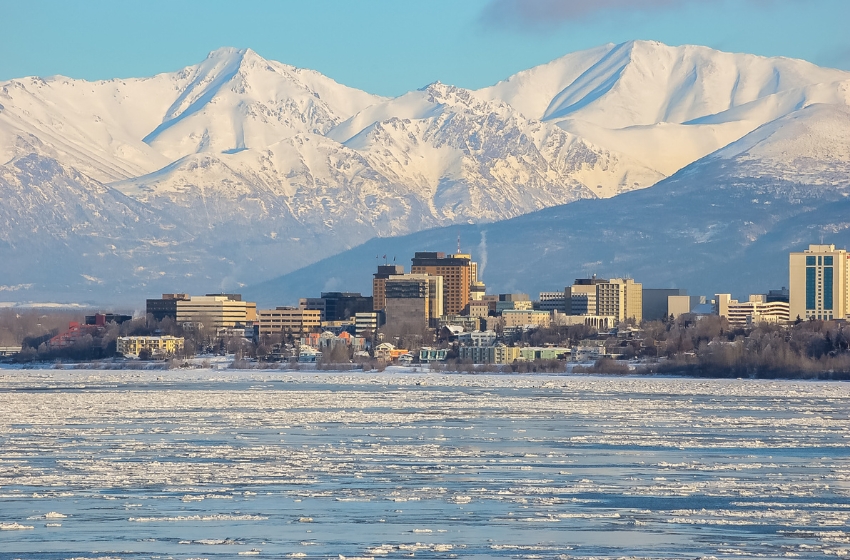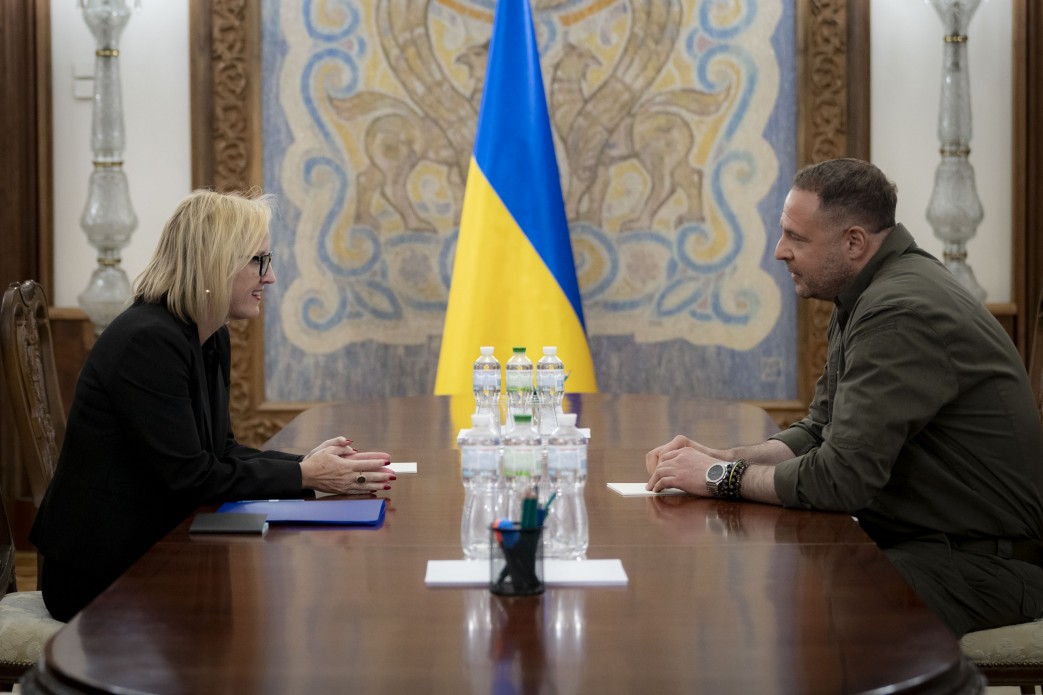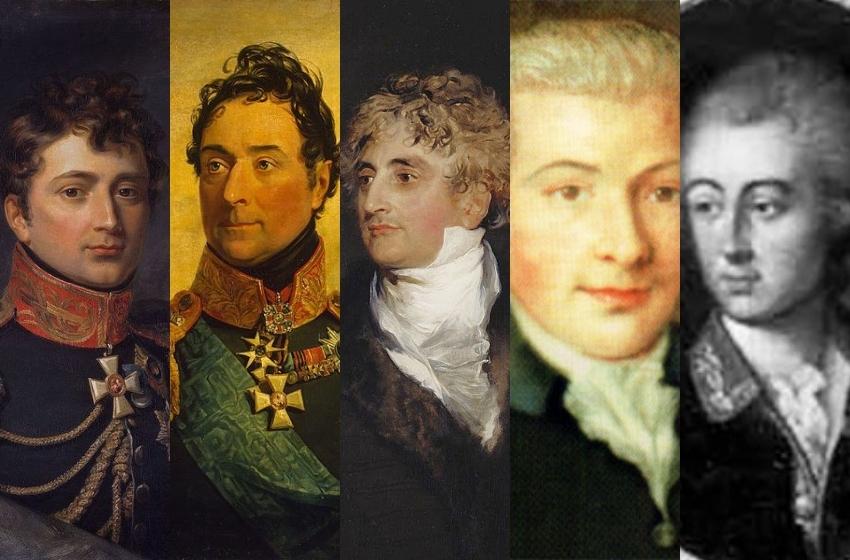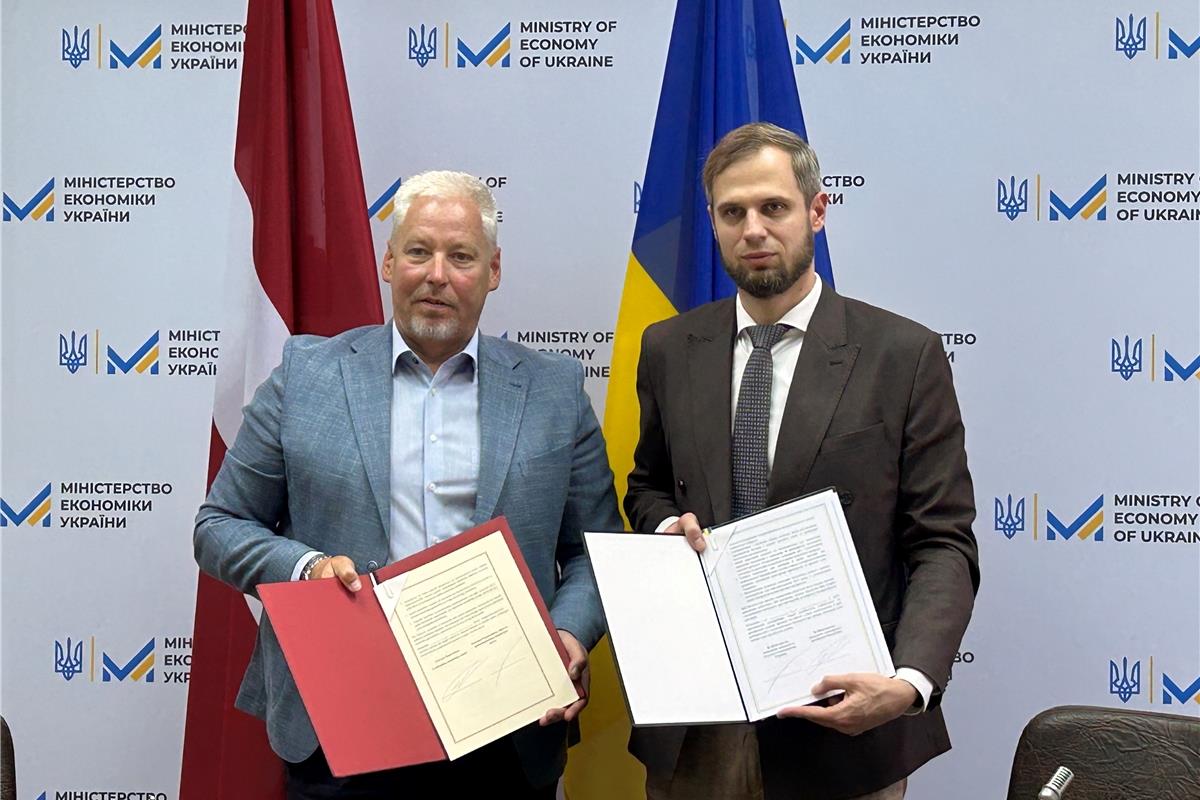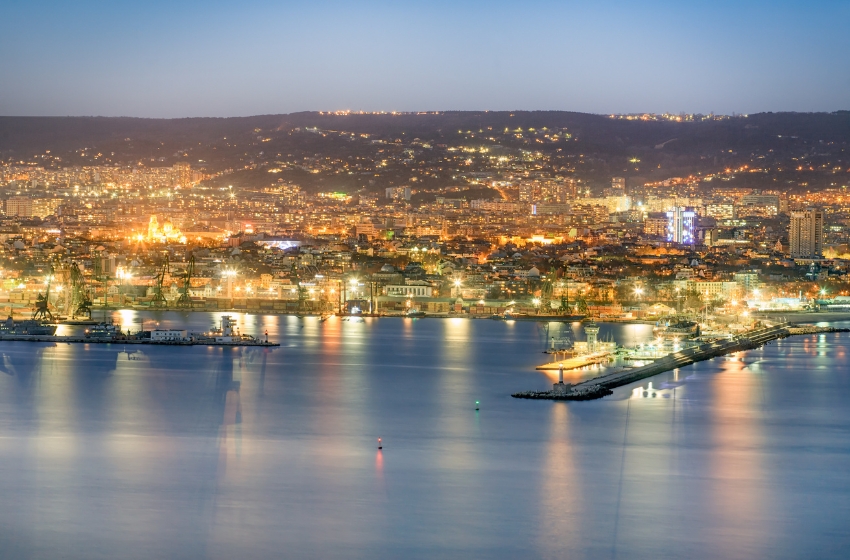On the “Grand Deal,” Washington’s “steamroller” toward Kyiv, the Eurasian “layered pie,” and why the resolution may occur in Alaska.
The outlines of a future Grand Deal between the U.S. and Russia are already beginning to take shape, although the main body of it is still hidden under layers of “informational water.”
In my articles, I have described the transformational processes occurring in Eurasia since 2020.
This concerns the formation of a Global Eurasian Island composed of Russia, China, Iran, and North Korea.
The very fact of these integration processes has become one of the greatest geopolitical defeats for Biden.
That is why Trump’s main efforts are directed at “torpedoing” this geopolitical construct.
Understanding the long-term danger to the U.S. of any Sino-centric project, Trump attacks constructs such as BRICS and the SCO.
The key goal is to achieve a fracturing of the Eurasian geopolitical space, and Trump is one step away from success in this direction.
Fracturing always involves division into factions, density layers, temperature regimes, etc.
For example, layers of the Earth’s surface: humus, sand, clay, crystalline rock. Or layers of water: warm on top, cold below.
Trump’s objective is to create a format of a “Eurasian layered pie.”
The top layer – the northern layer – consists of Russia and China.
The middle layer – the Black Sea–Caspian geopolitical cluster based on the Pan-Turkic geopolitical project.
Similar to ASEAN countries in the Indo-Pacific, which serve as a link between the U.S. and China.
The U.S. entry into the Zangezur corridor represents a new level of moderation of the Turkic project by the U.S., similar to Britain’s historical moderation of Arab projects.
The Greater Turan project functions as a mechanism to contain China’s expansion in Central Asia.
The southern layer of the pie – the southern belt of Asia: Iran, Pakistan, India, Indochina, Taiwan.
Within the framework of the Grand Deal, Russia is likely being pushed out of Central Asia and the South Caucasus northward into the format of the Global North, as a separate geopolitical category distinct from both the Global South and the West (by the way, this is Surkov’s old concept: Russia as the Global North).
In other words, the development of Greater Turan under U.S. moderation will occur without Russia.
Likewise, the dramatic confrontation between China and the U.S. in southern Eurasia, where the main power axis of global geopolitics is shifting, will unfold without active Russian participation.
It will be tense in Iran, India, Pakistan, Indochina, and Taiwan.
This is where the main act of confrontation between the U.S. and China will take place (and importantly, this final battle may not occur on Ukrainian territory).
The key point – this final China-U.S. showdown in southern Eurasia will happen without Russia’s active involvement.
The Zangezur corridor and U.S. entry into it marks the launch of a project to “disassemble” Iran, with Azerbaijan serving as the key organizational platform, primarily influencing the Azerbaijani community in Iran.
Israel is strategically interested in this, as Iran represents its last “unsolved national security problem.” That is why Azerbaijan is Israel’s key strategic partner in the region.
This is well understood in Iran. Therefore, a land war in this “solar plexus” of the South Caucasus is highly likely – but already without active Russian participation.
If Russia shifts to the Global North format, then all that Russia and the U.S. (in the understanding of local political elites) need to do is agree on freezing the war in Ukraine and move to agreements on the Arctic.
Because if Russia is the Global North, the intersection of Russian and U.S. interests will occur primarily in the Arctic.
Most likely, the parties will negotiate turning the Arctic into a joint, closed geopolitical continuum, where besides the U.S. and Russia there are several weaker players, such as Canada or Norway, but strong players like China will be excluded by mutual agreement.
This is why the meeting will take place in Alaska – because it will concern the new “northern world” and joint projects in the North.
The above fairly fully describes the importance of this Grand Deal for the U.S
America does not consider Russia a strategic threat to itself. In Washington’s understanding, that threat is China; therefore, all containment constructs will be aimed at Beijing.
In U.S. perception, Russia poses at most a continental European threat, which should therefore be managed by the EU and at the EU’s expense.
Russia is not the USSR, which, like China today, represented a strategic threat to the U.S.
Consequently, Europe was then perceived by America as an important defensive bulwark on the Atlantic, which needed to be supported, protected, and developed by opening the U.S. internal market to European goods.
The goal was for allies to be wealthy and self-sufficient, rather than dependent and constantly begging for loans.
Now, the need for such a bulwark has weakened for the U.S., since the EU does not protect America from China.
This explains the difference in approaches between the U.S. and the EU on the “Ukrainian case.”
In Washington’s view, Ukraine is a bulwark for the EU, but it does not solve America’s “China threat” problem.
The stakes are maximal. Even if the meeting in Alaska does not take place, it will not change the new geopolitical agenda.
The U.S. has formulated new national security goals and is moving toward them. Anyone who resists will be crushed under the “steamroller.”
The path for Ukraine is to become a co-creator of the new geopolitical architecture, for example by participating in the emerging Black Sea–Caspian cluster, which for us becomes GUUAM 2.0.
But the road to co-creation passes through the recognition of the changed reality.









